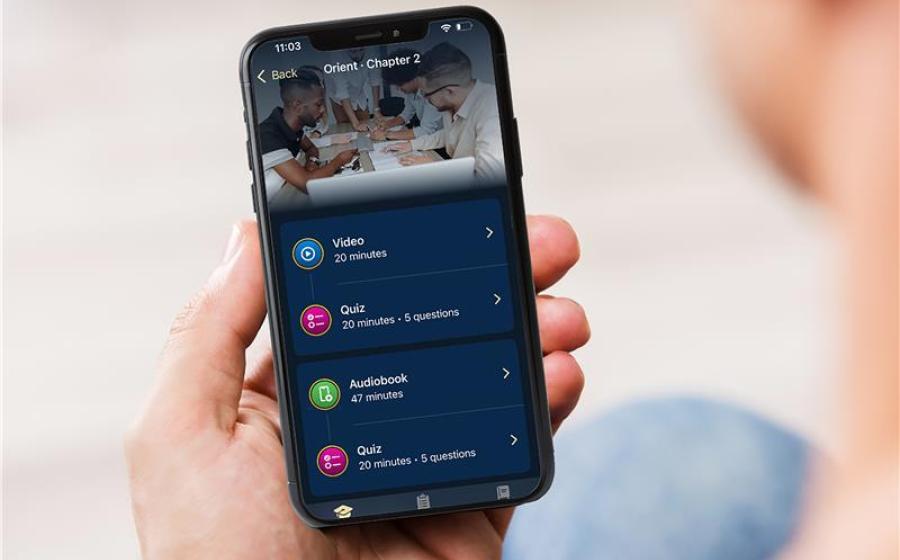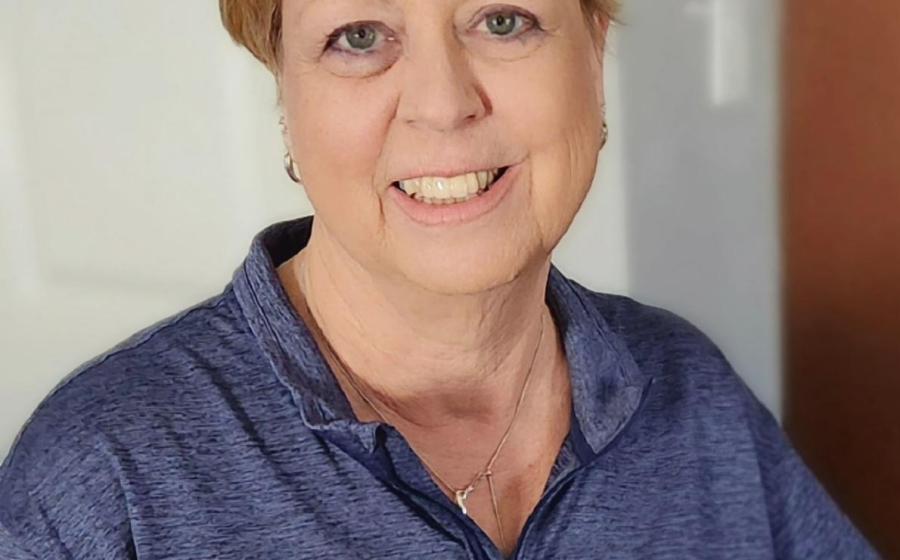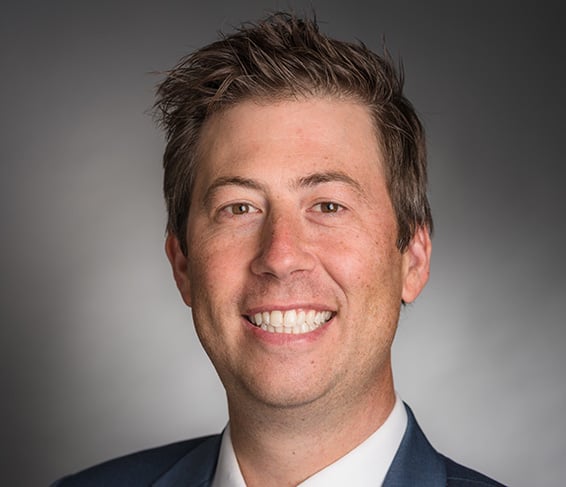Redefining retirement: Building financial confidence in an era of change
(Erin Culek, Head of Financial Protection and Retirement Solutions, Guardian) - For many Americans, the traditional picture of retirement is no longer. Gone is the long-viewed notion of retirement being about reaching a milestone birthday or a defined transition out of the workforce. Rather, today’s retirement is flexible and personal.
- For many Americans, the traditional picture of retirement is no longer. Gone is the long-viewed notion of retirement being about reaching a milestone birthday or a defined transition out of the workforce. Rather, today’s retirement is flexible and personal.
While exciting, a redefined retirement has led to some surprises and challenges for Americans. Many subsequently feel unprepared. With the support of a financial consultant, however, individuals can navigate this new retirement landscape with confidence, defining retirement on their own terms and in a way that accounts for their unique financial, health, and lifestyle needs.
Here’s what you need to know.
How longevity is impacting retirement
As Americans live longer, they are eager to make the most of their retirement years. At the same time, however, longevity and an extended retirement are impacting Americans’ mental, physical, and financial health.
According to a new report from Guardian, 54% of retirees say they are in good financial health, providing them with the financial freedom to pursue passions, travel to dream destinations, or spend quality time with family. To fund a longer retirement, however, 73% of people say they plan to continue working part-time in retirement.
Enjoying a longer retirement also means staying physically healthy. Unfortunately, only 39% of current workers and 40% of retirees rate their health as very good or excellent. Overall, 47% of retirees thought they’d be in better health in retirement.
Longevity also impacts Americans’ mental and emotional wellness. Although 60% of retirees say they have good mental health, 34% said they didn’t expect to feel so bored or miss their careers. Additionally, 27% were surprised by how lonely they feel or by how little time they are spending with family in retirement.
Getting the guidance you need
To support their well-being in retirement, many retirees and workers are taking a close look at their planning strategies. One in five retirees have regrets about how they’ve prepared for retirement. With future lifespan anticipated to increase, today’s workers are even more concerned—40% say they have regrets about how they’ve prepared financially for retirement.
As Americans live and work longer, more education about retirement income sources is needed. For example, despite Americans saying their top financial concerns are not having enough money to last through retirement and not having a source of guaranteed income in retirement, just 30% of workers know that annuities can provide guaranteed income for life. Younger workers face similar education gaps. Despite a steep decline in the number of workers with access to a pension, 55% of Gen Z expect to use a pension in retirement.
Despite the complexity of modern retirement, fewer than half of retirees (48%) and current workers (40%) have sought guidance from a financial consultant. When workers and retirees did work with a financial consultant, research showed they were much more likely to say they are on track for retirement than those who don’t.
Connecting with a financial consultant can help Americans take charge of their retirement—no matter how long it lasts. Financial consultants can provide support in countless ways, including:
- Exploring multiple retirement scenarios: Eighty-four percent of people expect to retire at a specific age, but only 52% actually retired when they thought they would. A financial consultant can help you understand potential retirement timelines and how to plan for various scenarios.
- Evaluating retirement income options: With almost half of Americans worried about having a guaranteed source of income in retirement, a financial consultant can help you assess options such as annuities that can play an important role in retirement planning. The only product on the private marketplace that can provide guaranteed income for life, annuities can help diversify a retirement portfolio and offer a range of potential benefits, from protection against market loss to tax-deferred growth.
- Considering future mental and physical health needs: Given that nearly half of retirees said they thought they would be healthier than they actually are in retirement, a financial consultant can offer insight on how to help address these factors through planning, particularly amid rising healthcare costs.
The bottom line
In the years to come, what it means to be retired—and how to prepare for this chapter—is only going to continue to evolve. Whether your retirement is on the horizon or still decades away, working with a financial consultant can help you approach the planning journey with confidence to support your mental, physical, and financial wellness over the long term.
To learn more, visit http://www.guardianlife.com/reports/retirement-redefined.
8468243.1 (10/27)
All guarantees are backed exclusively by the strength and claims paying ability of the issuing insurance company.



 - As the first signs of the holiday season appear across America, the Marine Toys for Tots Program is rallying the Nation’s compassion. With the launch of its 78th annual Holiday Campaign, this cherished tradition renews its mission to deliver not just gifts, but hope, dignity, and joy to millions of children living in poverty.
- As the first signs of the holiday season appear across America, the Marine Toys for Tots Program is rallying the Nation’s compassion. With the launch of its 78th annual Holiday Campaign, this cherished tradition renews its mission to deliver not just gifts, but hope, dignity, and joy to millions of children living in poverty.
 - Commercial auto insurance and fleet safety are meeting the demands of modern-day risk management by analyzing telematics, but more work is needed to optimize this information and put it into action in the industry, according to results of a new report from SambaSafety, the leading provider of cloud-based driver risk management solutions.
- Commercial auto insurance and fleet safety are meeting the demands of modern-day risk management by analyzing telematics, but more work is needed to optimize this information and put it into action in the industry, according to results of a new report from SambaSafety, the leading provider of cloud-based driver risk management solutions.
 - A Michigan university unveils SOAR™, a new smartphone-based degree program that brings college within reach for busy adults — at half the cost.
- A Michigan university unveils SOAR™, a new smartphone-based degree program that brings college within reach for busy adults — at half the cost.
 - Over the next two decades, more than
- Over the next two decades, more than 
 - One in four students in the United States today is Hispanic. Yet, despite this growing presence, Latino families are still underrepresented in many states' public and private school choice programs. In most cases, we don’t even know by how much.
- One in four students in the United States today is Hispanic. Yet, despite this growing presence, Latino families are still underrepresented in many states' public and private school choice programs. In most cases, we don’t even know by how much.
 -
- 
 - Small cell lung cancer (SCLC) is among the most aggressive, deadliest forms of lung cancer, yet it’s still too often overlooked. For decades, treatment options were limited, offering little hope to those diagnosed with SCLC, until now.
- Small cell lung cancer (SCLC) is among the most aggressive, deadliest forms of lung cancer, yet it’s still too often overlooked. For decades, treatment options were limited, offering little hope to those diagnosed with SCLC, until now. Because of research, treatments like the recently FDA-approved Tarlatamab belong to a class of drugs called bispecific T-cell engagers (BiTEs), which harness the immune system to combat cancer. Another treatment, Lurbinectedin, slows or stops the growth of cancer cells in your body. There are also next-generation approaches, such as CAR T-cell therapy and antibody-drug conjugates, and many others, now in clinical trials. Clinical trials, once a last resort, are rapidly becoming a front door to tomorrow’s breakthroughs.
Because of research, treatments like the recently FDA-approved Tarlatamab belong to a class of drugs called bispecific T-cell engagers (BiTEs), which harness the immune system to combat cancer. Another treatment, Lurbinectedin, slows or stops the growth of cancer cells in your body. There are also next-generation approaches, such as CAR T-cell therapy and antibody-drug conjugates, and many others, now in clinical trials. Clinical trials, once a last resort, are rapidly becoming a front door to tomorrow’s breakthroughs.
 - Young children are naturally curious, and an innovative program from BrightPath Early Learning and Child Care puts this curiosity center stage. The BrightPath curriculum, BeeCurious, involves guided exploration and multiple forms of expression while offering preschoolers autonomy and choices and celebrating learning as a joyful experience.
- Young children are naturally curious, and an innovative program from BrightPath Early Learning and Child Care puts this curiosity center stage. The BrightPath curriculum, BeeCurious, involves guided exploration and multiple forms of expression while offering preschoolers autonomy and choices and celebrating learning as a joyful experience. 
 - America’s story has been written by those bold enough to begin. The revolutionaries who founded a new nation, the farmer who moved west to claim and seed land, the inventor who built a new machine, and the newcomer who opened a small shop on Main Street were all pioneers. Each had no guarantee of success. Each carried the promise of progress.
- America’s story has been written by those bold enough to begin. The revolutionaries who founded a new nation, the farmer who moved west to claim and seed land, the inventor who built a new machine, and the newcomer who opened a small shop on Main Street were all pioneers. Each had no guarantee of success. Each carried the promise of progress.